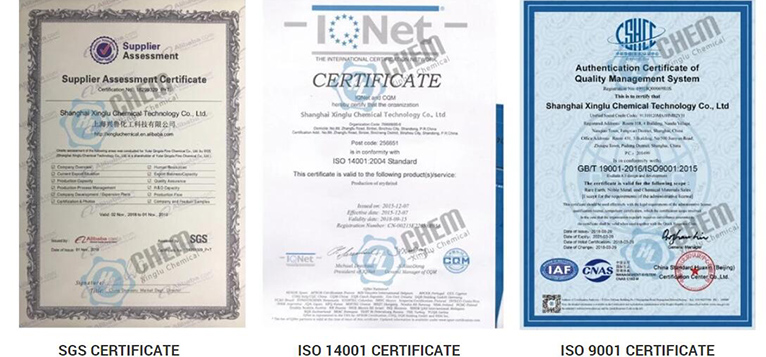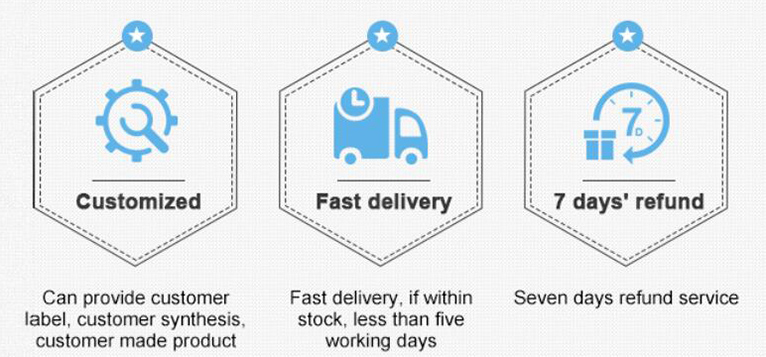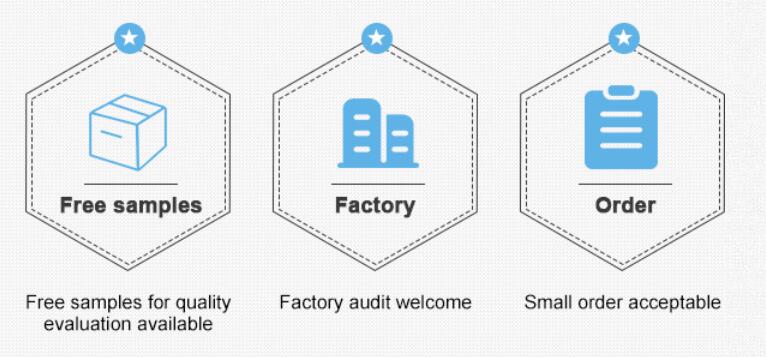|
Model
|
DK417
|
DK417-3
|
DK417-5
|
DK417-8
|
|
Crystal phase
|
Monoclinic phase
|
3Y tetragonal phase
|
5Y tetragonal phase
|
8YCubic phase
|
|
ZrO2% (+ HfO2)
|
99.9
|
94.7
|
91.5
|
86.5
|
|
Y2O3(wt%)
|
-
|
5.3±0.3
|
8.5±0.3
|
13.5±0.3
|
|
Al2O3% ≤
|
0.005
|
0.01
|
0.01
|
0.01
|
|
SiO2%≤
|
0.005
|
0.01
|
0.01
|
0.01
|
|
Fe2O3%≤
|
0.003
|
0.01
|
0.01
|
0.01
|
|
CaO%≤
|
0.003
|
0.005
|
0.005
|
0.005
|
|
MgO%≤
|
0.003
|
0.005
|
0.005
|
0.005
|
|
TiO2%≤
|
0.001
|
0.002
|
0.002
|
0.002
|
|
Na2O%≤
|
0.001
|
0.005
|
0.01
|
0.01
|
|
Cl- %≤
|
0.1
|
0.1
|
0.1
|
0.1
|
|
Burning %≤
|
0.8
|
0.8
|
0.9
|
0.85
|
|
The average particle size
|
20nm
|
20nm
|
20nm
|
20nm
|
Application range:
1. Battery Additives: Stabilizing nano-zirconia as an ideal electrolyte has been widely used in solid oxide fuel cells.
2. Functional ceramics, structural ceramics: electronic ceramics, bioceramics, sensor ceramics, magnetic materials, etc.; nano-zirconia improves the toughness, surface finish and ceramic density of ceramic structural parts.
3. Spray coating, piezoelectric element, oxygen sensitive resistor, large capacity capacitor.
4. Artificial gemstones, abrasive materials, polishing materials. Functional coating materials: added to the coating to have anti-corrosion, anti-bacterial effect, improve wear resistance.
5. Nano-zirconia is used for refractory materials: electronic ceramic burning support pad, fused glass, metallurgical metal refractory. |
 What we can provide:
What we can provide: 

 What we can provide:
What we can provide: 
